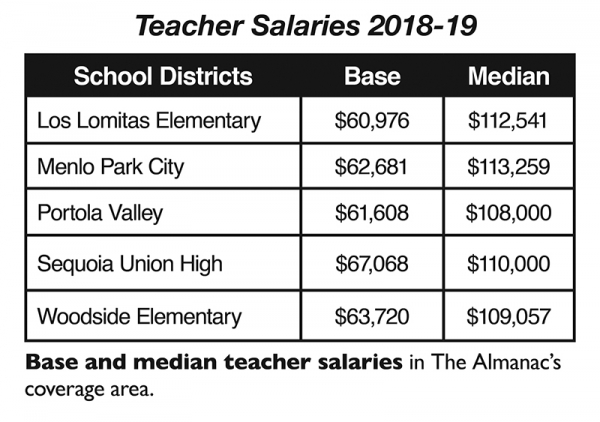With the Bay Area job market growing, the demand for housing is strong. Yet the supply for housing is weak, University of California, Berkeley, economics professor Enrico Moretti noted in an October 2016 talk at Stanford University about California housing policy. For example: In 2015, San Francisco added 20,000 new jobs, but there were only 2,548 new housing permits, he said.
"It doesn't take a Ph.D. in economics to figure out that if the demand is strong and the supply is weak, prices tend to go up," he said.
The Bay Area's geography has also limited housing supply, he said, noting that San Francisco is surrounded by water on three sides so there's not an infinite amount of land on which to build.
"But Bay Area municipalities tremendously restrict the amount of new housing that can be produced every year," he said.
Planning authorities and citizens limit new construction in many ways, Moretti said. Potential housing developers face challenges including land-use restrictions, density restrictions, project-approval appeals, and the ease of bringing lawsuits to challenge proposed developments.
Much of the wealth in the region is not captured by the workers themselves, but by the homeowners, he said.
Home for All San Mateo County, a county initiative to close the gap between the disproportionate number of jobs and available housing in the area, is promoting more housing in the county by offering examples on its website of types of housing that can be built. It details how much housing each type produces, and notes that denser housing near public transportation — housing developments within a half-mile of transit systems — can reduce traffic. Conversely, smaller second units, or in-law units, in residential backyards don't add much to the housing stock and generally put more cars on the road.
The jobs/housing gap is narrowing somewhat: In 2016, there were 16 jobs for every one housing unit in the county, down from 24 jobs for every one unit in 2010.
See related stories:



Comments